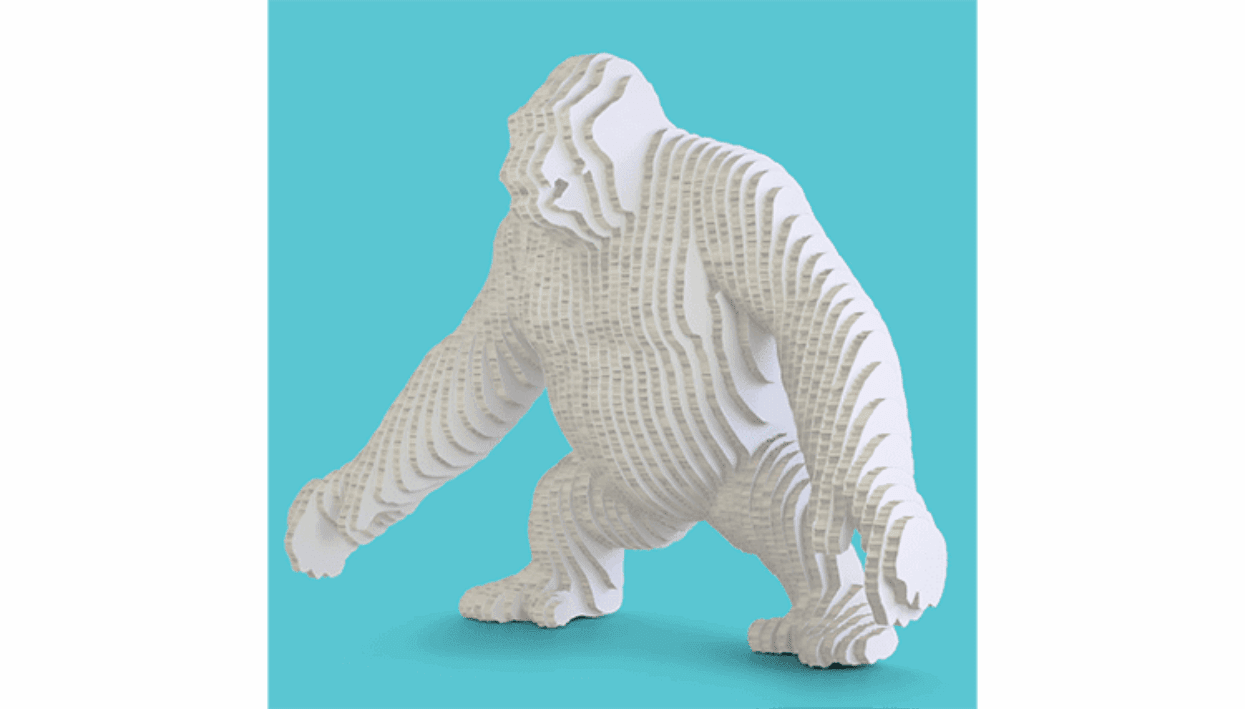Signage
Sustainability
Wide Format Printing
Sustainable alternatives to plastic substrates 3: Dufaylite
Author
FESPA Staff
Published Date
28/04/2020
Become a FESPA Member
to Continue Reading
